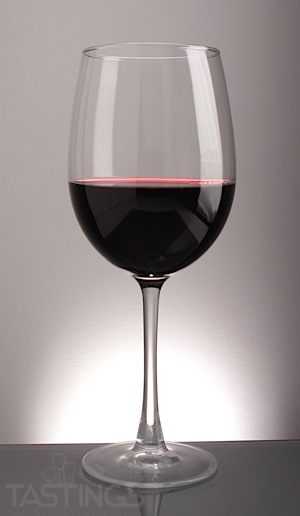
Serve in a Zinfandel Wine Glass
Norton was originally propagated in 1835 by D.N. Norton in Richmond, Virginia. The grape was the final product of Norton's efforts to develop a varietal that would be eminently suited to Virginia's warm and humid climate. Norton became the workhorse grape of Virginia's Monticello Wine Company in the late 1800s; the resultant wines won notoriety in tastings as far away as Paris. Thus, Virginia at that time became the center of the Eastern wine industry, and "Virginia Claret" was known far and wide. As is often the story in the US, prohibition changed all; the Virginia industry was flattened overnight.
Fortunately, small quantities of norton had gravitated west to the vineyard areas of Missouri, as Missouri vintners were quick to realize the grape's affinity for their climate. It is here that small quantities survived prohibition and continue to be cultivated to this day. It was somehow ironic that the torch for Jefferson's dream of producing a Virginia claret was for many years burning most brightly 1000 miles to the west. Finally, in the late 1980s, Dennis Horton of Horton Vineyards brought cuttings of norton back to the Old Dominion from Missouri. The swashbuckling Horton, whom many consider the Randall Graham of the east, has been looked on with some bemusement for his norton revival; but the commercial and critical success he has received thus far may well portend further plantings.
Today, in both Virginia and Missouri, norton makes a very attractive red table wine. It is deep and inky in color, with a fragrant, plummy character. Though low in tannin, it is often aged in barrel--and in the case of Missouri's Mount Pleasant Winery, it is quite heavily extracted and well structured. In character, it might be most easily described as lighter in body than a merlot, while fuller than a pinot noir, with a natural streak of lean acidity. Eastern sangiovese, perhaps?
Norton has a deep color (crimson, purple) and aromas and flavors of plums, maraschino cherries and chocolate. Most examples are aged in oak, with many fermented in wood as well. Medium-full, many examples age well for five to seven years or longer. Pair with most red meats (especially lamb) or strong aged cheeses.